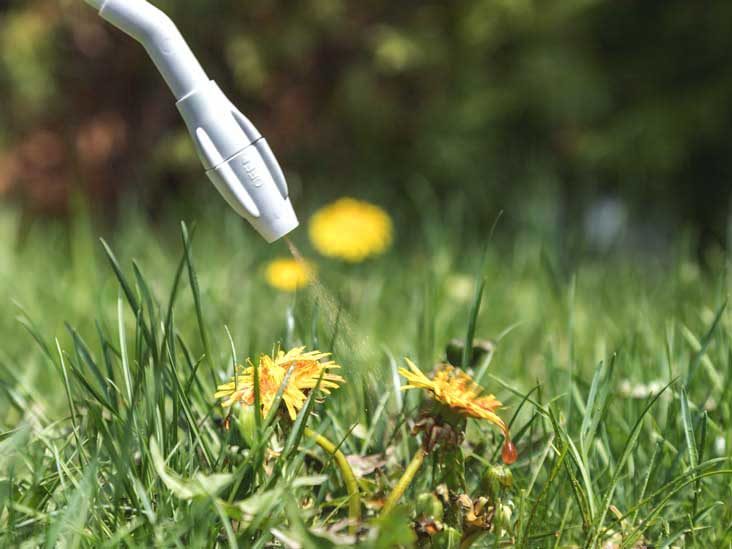Almost 80% of the U.S. adult population grapples with low back pain at some point in their lives, which may be of little consolation if you’re in the throes of sciatica pain. Still, what this means is that the medical world has had ample opportunity to figure out the best ways to relieve sciatica pain.
And we here at Leading Edge Medical have stayed abreast of all the latest treatment options for low back pain, allowing us to help our patients in the Gilbert, Arizona, area find much-needed relief from sciatica pain, without resorting to drugs that simply mask the problem.
Here’s a look at how we can treat your sciatica pain.
Assessing the problem
Your sciatic nerve is the largest nerve in your body, and it starts in your low back and branches out to travel down the backsides of each of your legs. This explains why your pain can radiate down one side of your buttocks into one of your legs, sometimes traveling as far down as your foot. And it all comes from irritation of this large nerve at its root in your low back.
Sciatica pain can stem from several different problems, with a herniated or pinched disc leading the charge. The vertebrae in your spine are spaced out and cushioned by 23 discs that separate them. These discs have a tough outer layer that houses a jelly-like substance inside, which is what provides shock absorption in your spine, as well as a range of motion. If some of this substance leaks out, or your disc bulges, it can irritate your sciatic nerve.
Other conditions, like spinal stenosis or a bone spur, can compress your sciatic nerve, causing radiating pain, as well as numbness, tingling, and muscle weakness.
Treating the problem
Your nerves, in case you haven’t figured it out by now, are highly sensitive, and even the slightest movement can have a ripple effect, causing pain up and down your sciatic nerve. If you have sciatic pain, our first order of business is to help you find immediate relief, while addressing the underlying issue for long-term results.
To start, we recommend that you take anti-inflammatory medications to ease the pain and reduce any swelling that may be irritating your nerve. You can also do your part at home by using a combination of heat and ice therapies to help, literally, calm your nerves. You can use one or the other (whichever one offers the most relief) and apply it every two hours for 20 minutes during an acute attack of sciatica pain.
Once you’re comfortable enough to come in to see us, we can bring out some of the big guns for fighting sciatica pain, including our DyAnsys® percutaneous electrical nerve stimulation technology. By delivering mild electrical pulses into your body, we can disrupt the pain signaling between your nerves and your brain.
We also offer trigger point injections, which effectively tackle any painful muscle spasms brought on by sciatica by introducing an anesthetic and a steroid (which reduces inflammation).
We’ve also found that correcting any misalignments, or subluxations, along your spine can offer significant relief from sciatica pain as spinal manipulation brings your musculoskeletal system into line, allowing your body to send invaluable healing resources. These adjustments, coupled with our massage therapy, are highly effective in reducing your immediate discomfort while setting you up for long-term pain relief.
Rounding out our treatment options, we recommend targeted physical rehabilitation, which will help strengthen the supporting connective tissue in your low back to prevent sciatica problems down the road.
If you’re limited by sciatica pain, don’t hesitate to give us a call to regain your freedom of movement. Or you can use the online scheduling tool found on this website to set up an appointment.
















